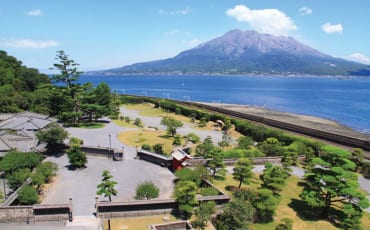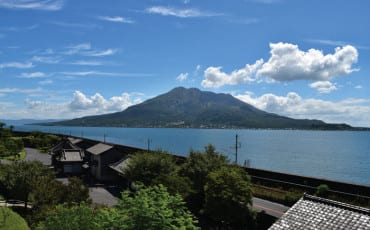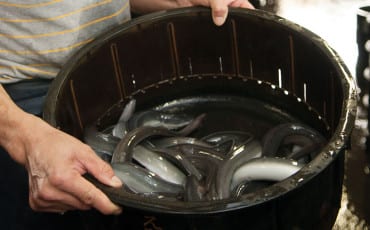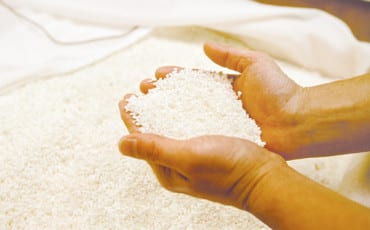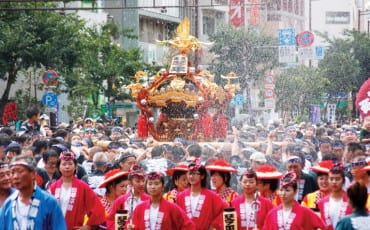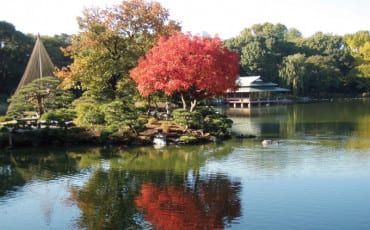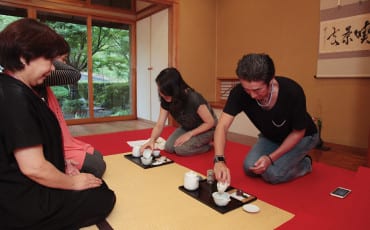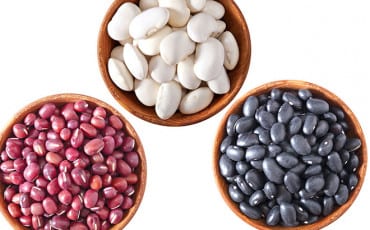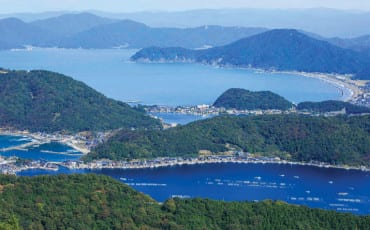Articles
Features
-
Whether you’re a history buff, a nature lover or you simply enjoy trying new experiences, there’s something for everyone in Kagoshima....
-
An introduction to Kagoshima would be incomplete without telling the story of Lord Nariakira Shimadzu. After all, the far-sighted feudal lord is often credited for his visionary ideas that helped pave...
-
Apart from eating your way through the plenteous produce, take some time to visit these attractions....
-
“Yaramaika” is a Japanese local dialect that is used to symbolise the city of Hamamatsu. Loosely translated to “Let’s try!” or “Why not give it a shot?”, this catchphrase embodies the spirit of innova...
-
With its favourable climate and fertile soil, Hamamatsu is blessed with incredible produce all year round....
-
Used to transform starches into sugar to produce sake, as well as ferment soybeans to make seasonings like shoyu and miso, it’s hard to imagine what Japanese cuisine would look like without koji. A...
-
There’s something quite remarkable about Koto City. One of the 23 special wards of Tokyo, Koto City is the result of a merger between Fukagawa and Joto Wards in March 1947. Over the years, the city ha...
-
When in Koto City, it would be inconceivable to miss out on these historical sights. ...
-
On the west side of Oi River lies a picturesque carpet of green tea fields covering Makinohara Heights, making Shimada City one of the biggest green tea producing areas in Shizuoka prefecture. On this...
-
The rolling green fields are alive with green tea leaves dancing to the breeze and shimmering under the sun’s golden rays. The gushing sounds from the nearby Oi River form the soundtrack, interspersed...
-
You’ve eaten them in your favourite Japanese sweets and desserts such as taiyaki and mochi. Now, find out more about the three types of beans that are used to make confectionery and other traditional ...
-
Just what is it about Fukui prefecture that makes it the happiest in Japan, according to a study released by Hosei University in 2011. In short, a relatively low unemployment rate, support systems to ...

